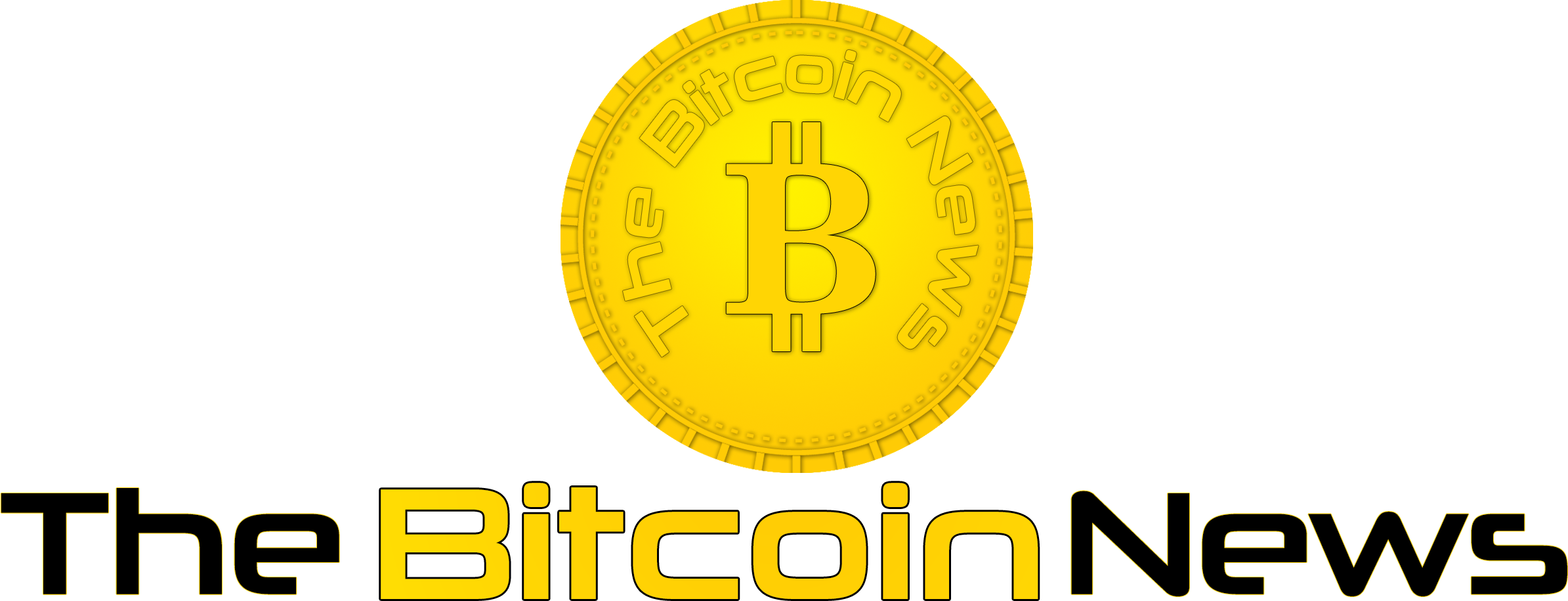What is Ethereum? A Comprehensive Guide to the World’s Leading Blockchain Platform
Ethereum has emerged as a powerhouse in the world of blockchain technology, going far beyond the initial concept of a digital currency. While Bitcoin introduced the world to the potential of decentralized, peer-to-peer networks, Ethereum expanded upon this foundation, creating a programmable blockchain that has become the bedrock for countless innovative applications.
Understanding the Basics: What is Ethereum?
At its core, Ethereum is a decentralized, open-source blockchain platform. This means that it operates on a network of computers around the globe, rather than a centralized server. This decentralization offers several key advantages:
- Transparency: All transactions on the Ethereum blockchain are recorded and publicly visible, fostering trust and accountability.
- Security: The distributed nature of the network makes it extremely difficult for malicious actors to tamper with or manipulate data.
- Immutability: Once a transaction is recorded on the blockchain, it cannot be altered or reversed.
Ethereum’s Key Innovation: Smart Contracts
What truly sets Ethereum apart is its ability to support smart contracts. These are self-executing contracts with the terms of the agreement between buyer and seller being directly written into lines of code. Smart contracts automate the execution of agreements, eliminating the need for intermediaries and reducing the risk of fraud.
Key features of Smart Contracts:
- Automation: They automatically execute when predetermined conditions are met.
- Trustlessness: They eliminate the need for trust between parties, as the code itself enforces the agreement.
- Efficiency: They streamline processes, reducing costs and delays.
Ethereum’s Native Cryptocurrency: Ether (ETH)
Ether (ETH) is the native cryptocurrency of the Ethereum network. It serves several crucial functions:
- Transaction Fees: ETH is used to pay transaction fees (known as “gas”) on the Ethereum network.
- Incentivizing Validators: In the proof-of-stake consensus mechanism, ETH is used to incentivize validators who secure the network.
- Fueling the Ecosystem: ETH is used to pay for computational services on the Ethereum platform.
The Ethereum Ecosystem: DApps, DeFi, and NFTs
Ethereum’s programmability has led to the development of a vibrant ecosystem of decentralized applications (DApps), decentralized finance (DeFi) platforms, and non-fungible tokens (NFTs).
- Decentralized Applications (DApps): DApps are applications that run on the Ethereum blockchain. They offer a wide range of services, from social media platforms to gaming platforms.
- Decentralized Finance (DeFi): DeFi platforms aim to recreate traditional financial services, such as lending, borrowing, and trading, on the blockchain.
- Non-Fungible Tokens (NFTs): NFTs are unique digital assets that represent ownership of real-world or digital items. They have gained popularity in the art, music, and gaming industries.
The Ethereum Merge: A Major Milestone
A significant development in Ethereum’s history was “The Merge.” This was the transition of the Ethereum network from a proof-of-work (PoW) consensus mechanism to a proof-of-stake (PoS) consensus mechanism.
Key Benefits of the Merge:
- Reduced Energy Consumption: PoS significantly reduces the energy consumption of the Ethereum network.
- Increased Scalability: PoS paves the way for future scalability improvements.
- Enhanced Security: PoS enhances the security of the Ethereum network.
The Future of Ethereum
Ethereum continues to evolve and innovate, with ongoing efforts to improve its scalability, security, and sustainability. As the blockchain industry continues to grow, Ethereum is poised to remain a leading platform for decentralized innovation.
Key Takeaways:
- Ethereum is a decentralized, open-source blockchain platform.
- Smart contracts are a key innovation that enables automated, trustless agreements.
- Ether (ETH) is the native cryptocurrency of the Ethereum network.
- Ethereum’s ecosystem includes DApps, DeFi platforms, and NFTs.
- “The Merge” was a transition to proof of stake, lowering energy consumption.
- Ethereum is constantly being improved.
Are you interested in this topic? More here on Ethereum News and Bitcoin News

